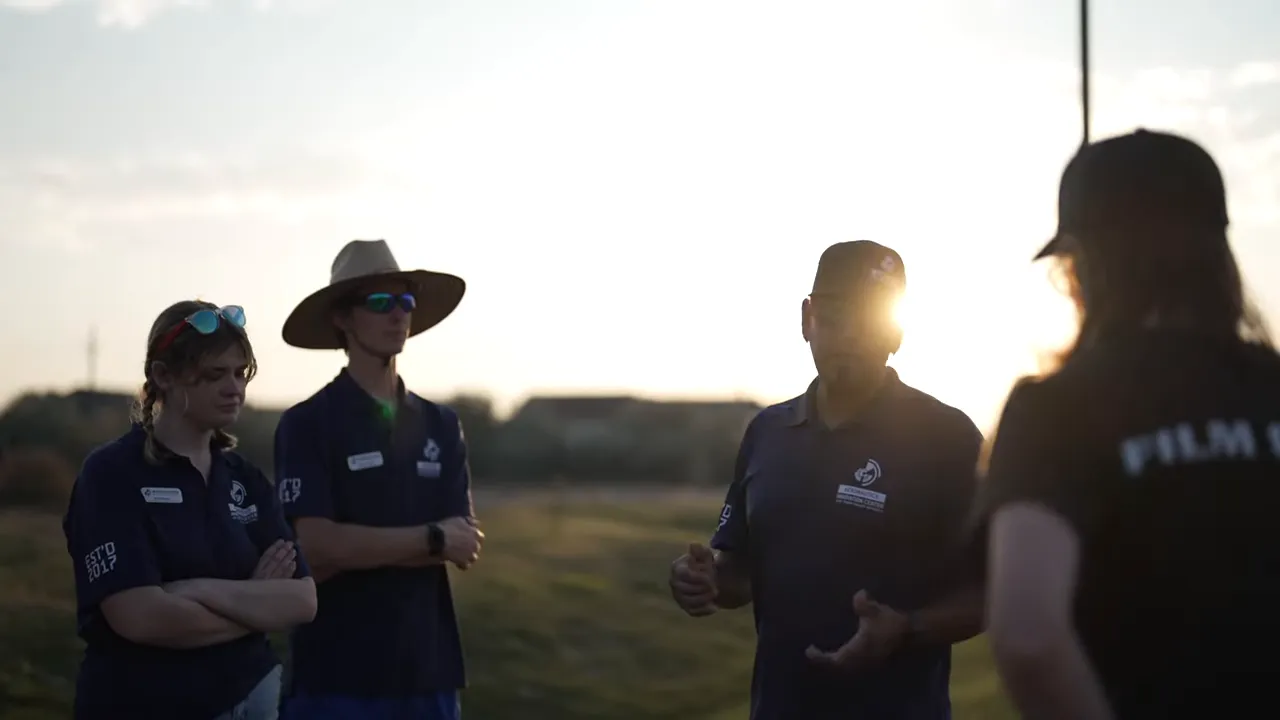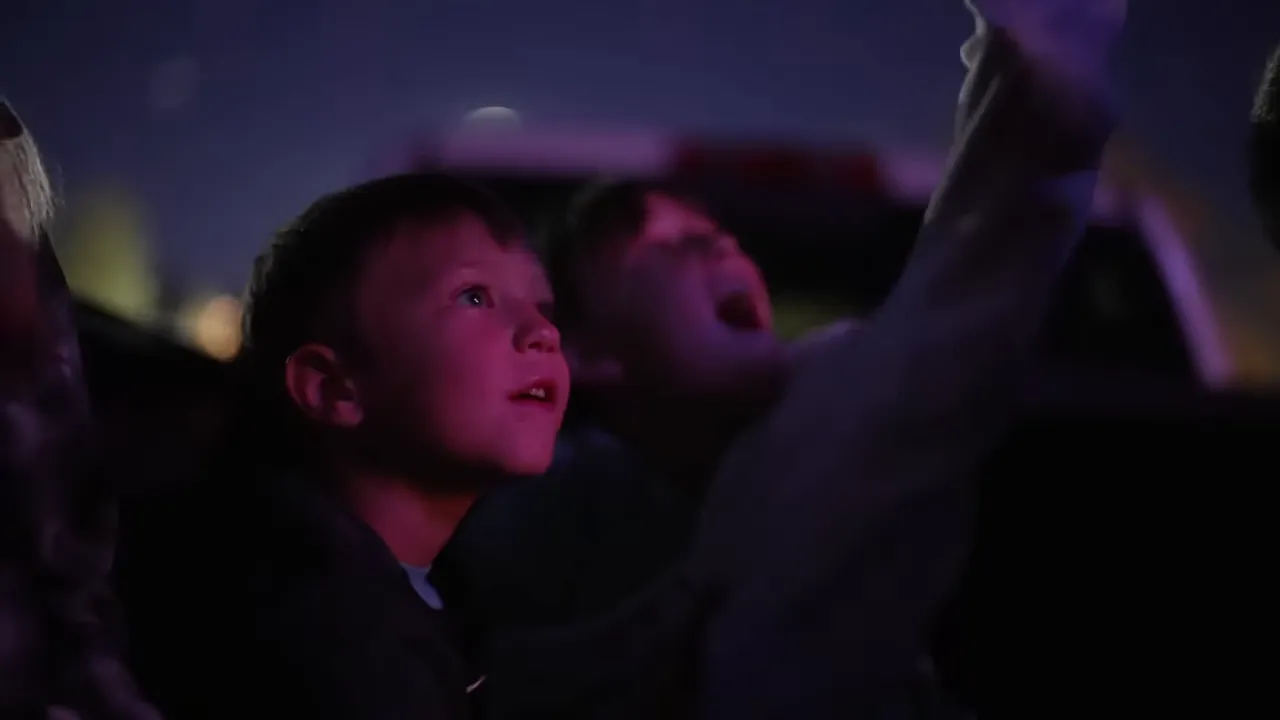Innovation Center Drone Performance Team
We are a team of almost 30 high school students from across the district who design and fly drone shows for local communities and companies. What started as a hands-on technical project has become a full program that teaches real-world skills: client relations, animation design, FAA authorization, systems integration, and live operations. Our work at the Innovation Center is producing career paths and opening doors that felt out of reach as students just a few years ago.
Table of Contents
- What we do: live drone shows for communities and clients
- Skills students learn
- From client vision to sky animation
- Safety and FAA authorization
- Behind the technology
- Students fly the shows
- Career pathways and opportunities
- How we operate in practice
- Frequently asked questions
What we do: live drone shows for communities and clients
We put on drone shows for local events and respond to companies that reach out to us for custom displays. Each show begins with a client conversation. We meet face-to-face, gather the client’s vision, and translate it into an animation that can be flown by a swarm of drones.

Skills students learn
Students learn a range of skills that extend far beyond piloting. Key areas include:
- Client communication — meeting clients, understanding goals, and translating ideas into technical requirements.
- Animation design — taking a flat 2D image, chopping it into layers for color and motion, then converting it into an animation suitable for a drone formation.
- 3D tools — using Blender, Cinema 4D, and other animation programs taught at the school to prepare show assets.
- Systems thinking — learning how the network, power, and lighting systems interact with the drones themselves.
- Regulatory and operational procedures — working with FAA airspace authorization, submitting waiver requests, and running safety checks.
From client vision to sky animation
Most client designs start as flat 2D images. Our challenge is to deconstruct those images into layers, color them for LED capabilities, and animate them so they look right from the audience perspective. That means thinking about scale, color separation, timing, and how the formation will read from the ground.
Once the animation is finalized, we convert it into flight paths and choreograph the swarm so each drone plays its part. Students who started by meeting the client often complete the entire pipeline, from concept to airspace-ready animation.

Safety and FAA authorization
Safety and proper authorization are the backbone of every show. A few weeks before a performance we assess the campus and determine the best flight areas and viewing angles. Then students work with the FAA to submit airspace authorizations and waiver requests.
Only after approvals are in place do we move into on-site testing. These tests let students validate the choreography, ensure systems function correctly, and confirm lighting and power setups perform as expected. This deliberate process teaches students how to follow regulatory requirements and manage public safety during aerial productions.

Behind the technology
Understanding drone shows means understanding many interlocking systems. It is not just the drones. It is the network that coordinates them, the power infrastructure that supports operations, and the lighting that makes animations readable at night. Students learn to troubleshoot each layer so the whole show runs smoothly.
“There are so many different aspects that go into it and that’s before you even sit behind the desk and actually fly the drones.”
Students fly the shows
One of the most rewarding parts of our program is that the students themselves fly these shows. After classroom time and on-site testing, students step into operational roles and run live performances. We balance school-day instruction with project work so when it is go time, the team is ready to execute.

Career pathways and opportunities
This program is creating concrete career opportunities. Students go into aviation, animation, systems engineering, event production, and other fields because of the hands-on experience they receive. The Innovation Center is more than drone shows. Drone performances are a visible tip of the iceberg for a larger set of programs that develop technical and professional skills.
“What we’re doing here at the Innovation Center is producing actual career paths for our futures.”

How we operate in practice
- Meet with clients to define goals and design concepts.
- Create layered 2D designs and convert them into 3D animations.
- Coordinate with FAA for airspace authorization and safety waivers.
- Run on-site testing to validate networks, power, lighting, and choreography.
- Execute live shows with students in operational roles.
Frequently asked questions
How many students are on the Drone Performance Team?
The team is made up of almost 30 high school students from across the district.
What skills do students learn through the program?
Students learn client communication, animation design, 3D software like Blender and Cinema 4D, systems integration for network and power, FAA authorization procedures, and live operations and safety protocols.
Do students actually pilot the drones during shows?
Yes. After classroom instruction and on-site testing, students take operational roles and fly the shows themselves under supervision.
How does the team handle FAA regulations and safety?
A few weeks before each show we assess the site, submit airspace authorization and waiver requests to the FAA, and conduct thorough ground and flight testing to ensure safety and compliance.
What opportunities does the program create for students?
The program opens career pathways in animation, aviation, systems engineering, event production, and other technical fields. It provides hands-on experience that students can carry into higher education and the workforce.


